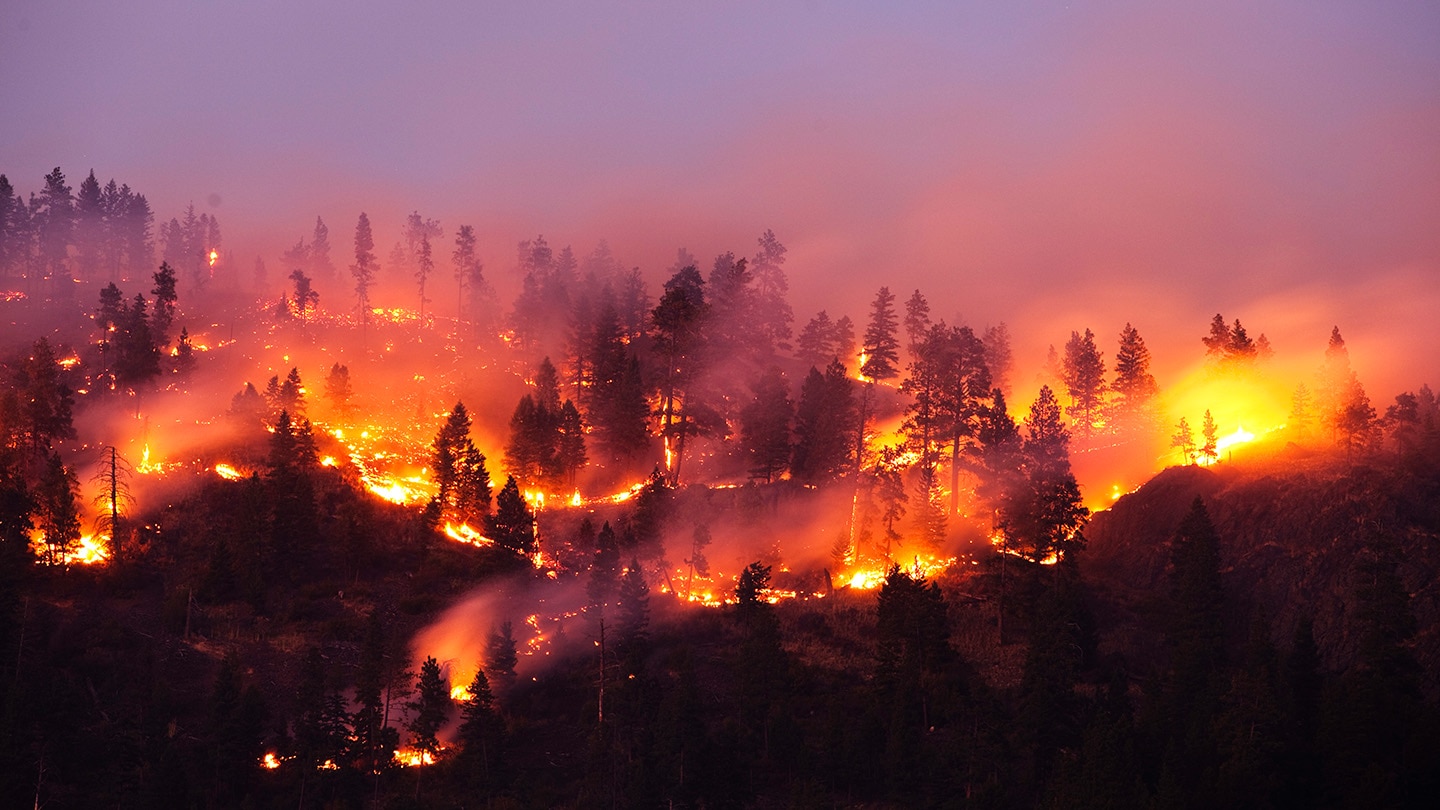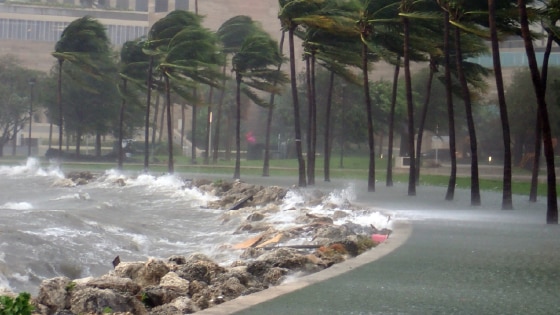
Businesses face considerable danger from wildfires, with assets, employees, and operations all potentially at risk. To help reduce these risks, it is essential to take proactive steps with a detailed wildfire action plan. This guide provides insights into commonly overlooked wildfire and smoke hazards, together with six key strategies to minimize exposure.
1. Monitor air quality to mitigate exposure.
Even if your business is not in the immediate vicinity of a wildfire, air quality in the surrounding areas can still be affected. It is important to monitor air quality regularly using reliable sources such as www.airnow.gov.
Armed with this vital data, you can develop a communication plan to inform employees about air-quality conditions and take precautions. This can be coupled with a training program on the proper use of respiratory protection to minimize smoke inhalation and harmful particles.
Businesses should keep proper equipment on hand to cope with all contingencies. Recommended steps include preordering respirators and regularly inspecting HVAC systems to ensure efficient operation and effective air filtration. Consider installing high-efficiency particulate air (HEPA) filters to remove smoke particles and improve indoor air quality.
2. Assess and plan for on-site chemical storage exposures.
Wildfires can be particularly dangerous for businesses that store chemicals or other flammable, toxic, or heat-sensitive substances on site. Start by conducting a thorough assessment of on-site chemicals and evaluate for potential risks due to heat and wildfire exposure. This plan should evaluate the potential interaction between smoke and hazardous substances, as smoke can create harmful byproducts that can both increase fire exposure and impact the community. From there, consider developing a fire-response plan that includes emergency shutdown procedures and evacuation routes.
3. Assess real estate and business property for potential environmental exposures.
After a wildfire event, check cameras and conduct a thorough property assessment before allowing employees to re-enter the premises. The assessment should cover the installations themselves, as well as substances housed on site and other potential threats such as displaced wildlife.
Consider external factors as well, including the stability of the property itself, as soil shifting and erosion can lead to landslides and related problems — some of which can manifest long after the fire has subsided. Monitoring resources during and after a wildfire event can help mitigate the effects of any harmful chemicals that wildfires can release into the environment, which can potentially impact water quality.
4. Understand fleet exposures and develop a mitigation plan.
Consider developing protocols to monitor wildfire conditions along transportation routes and establishing alternative routes if necessary. Equip trucks with emergency kits, including fire extinguishers, reflective vests, and communication devices.
In addition to fleet personnel, the equipment itself can also be at risk. Research safe locations away from the path of wildfires where you could store vehicles in the case of a wildfire event, making sure to select areas with minimal vegetation, ample space, and limited exposure to potential fire hazards. It’s a good idea to coordinate with local authorities, emergency management agencies, and other property owners to identify and secure safe-storage locations — public and private — that do not belong to your business.
Keep up with regular vehicle inspections and maintenance, and promptly address any mechanical issues, leaks, or potential fire hazards. Consider securing vehicle replacement or rental options and identifying fueling facilities in the vicinity.
5. Identify critical risks that could disrupt your operations.
Proper planning can help prevent operations from being needlessly disrupted. Identify critical suppliers and establish alternative backup options to ensure business continuity during supply-chain disruptions. A comprehensive business disruption plan should include procedures to address strategy, emergency response, communication, hazard mitigation, and recovery.
Consider reaching out to utility companies to assess vulnerabilities and develop plans for power restoration during and after wildfires. Train employees to recognize and report downed power lines and utility issues to help minimize risks and ensure a prompt response. Diversify supplier sources to reduce dependency on a single region or provider.
Protecting your organization from the dangers of wildfires means being proactive and well-prepared. It is essential to stay informed of the latest guidance, create a thorough plan, and follow the suggestions established by local authorities. You can download a wildfire action plan together with steps to create a business continuity plan for disasters and a wildfire preparation and response reference note.
Featured insights
This website is general in nature, and is provided as a courtesy to you. Information is accurate to the best of Liberty Mutual’s knowledge, but companies and individuals should not rely on it to prevent and mitigate all risks as an explanation of coverage or benefits under an insurance policy. Consult your professional advisor regarding your particular facts and circumstance. By citing external authorities or linking to other websites, Liberty Mutual is not endorsing them.



